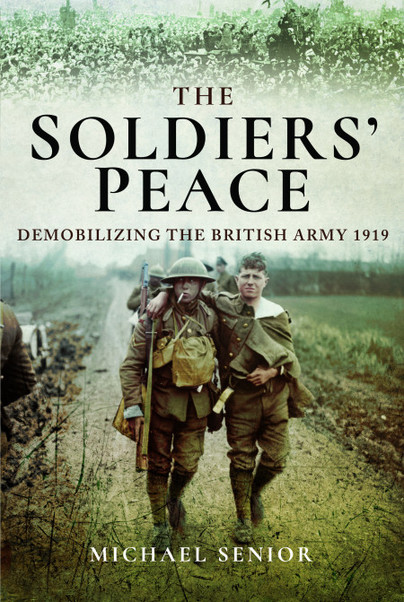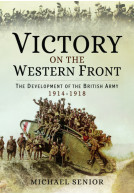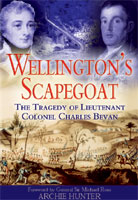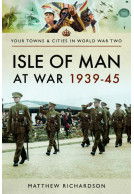The Soldiers' Peace (Hardback)
Demobilizing the British Army 1919
Imprint: Pen & Sword Military
Pages: 192
Illustrations: 30
ISBN: 9781526703040
Published: 17th October 2018
(click here for international delivery rates)
Order within the next 7 hours, 48 minutes to get your order processed the next working day!
Need a currency converter? Check XE.com for live rates
| Other formats available - Buy the Hardback and get the eBook for free! | Price |
|---|---|
| The Soldiers' Peace eBook (7.3 MB) Add to Basket | £6.99 |
Armistice in 1918 presented the British government with an enormous challenge – how could the British army that had been built up on an unprecedented scale during the war be cut back to a peacetime size and how could millions of soldiers be returned to civilian life?
In November 1918, the last month of the war, the British army numbered 3.75 million. One year later that number was reduced to 890,000. This was a remarkable feat of demobilization but, as Michael Senior shows, it was by no means a trouble-free process. He describes in vivid detail how demobilization took place, the acute difficulties that arose, and how they were dealt with.
The obstacles that had to be overcome were legion, and urgent, for the task had to be completed rapidly to prevent social unrest. At the same time prisoners of war had to be repatriated, the wounded and maimed had to be cared for and permanent cemeteries had to be laid out for the battlefield dead. In addition, war materiel had to be disposed and the army had to be reorganized into a force suitable for the challenges of 1919.
The task was immense, as were the risks, and Michael Senior's study makes fascinating reading.
Dr. Michael Senior, known for his Western Front Association journal articles and books on World War I, explains the challenges of reducing the wartime 3.7 million-man British Army to 890,000 by the first year after the Armistice...recommended highly.
Over the Front, Winter 2020
"This is a well-written and well-researched book."
RUSI Victoria
Much has been written on the massive expansion of the British Army during the Great War but relatively little on how it reverted to a small regular force after the end of hostilities. This is therefore an important book.
Stand To! Journal of the Western Front Association
Michael Senior is to be much congratulated on this well-researched account, which also embraces what happened to the army's massive numbers of horses, mules and amounts of military hardware.
The Soldiers' Peace does much to round off the story of the British Army 1914-1918 and it is very highly recommended.
The book also has some interesting annexes, covering strike actions, disabled officers’ gratuities, and the questions asked to determine where someone came in the demobilisation order. The citation of statistics is well done and makes you appreciate the scale of the undertaking, in a way that it would be impossible to understand otherwise and the competing pressures on those in power.
Society of Friends of the National Army Museum
Michael Senior’s book is well researched, well-written and both highlights things that the reader is unlikely to know, but, like with all the best books, encourages the reader to think differently.
Informative volume with a myriad of facts and figures.
Army Rumour Service (ARRSE)
The book describes in detail the challenge of the demobilization of men and disposal of the huge stock piles of warlike stores, including ammunition, horses and equipment which remained when hostilities ended. The complex terms for retired pay, pensions and gratuities for the men being demobilized, drawn from documents in TNA, make interesting reading and highlight the stark contrast between the way in which officers and other ranks were treated. Largely excluding the social, political and economic factors, The Soldiers’ Peace tackles a subject which has previously received little attention.
Military Historical Society
Michael Senior has researched his topic well and he writes authoritatively about it. It's a fascinating subject too, dealing with the demobilization of the British Army at the end of the First World War. As the dustwrapper informs us, "In November 1918... the British Army numbered 3.75 million. One year later that number was reduced to 890,000." The Soldiers' Peace tells you how that was achieved.
Army Ancestry Research, Paul Nixon
Read the full review here
Wendover News (online), 8th November 2018
Hiya Bucks
About Dr Michael Senior
Dr Michael Senior has had a life-long interest in the First World War and, since his retirement, he has devoted much of his time to research, lecturing and writing about aspects of the Western Front. He has had articles published by the Western Front Association of which he is a member. His books include Fromelles 1916, Haking: A Dutiful Soldier, Victory on the Western Front: The Development of the British Army 1914-1918 and The Soldiers’ Peace: Demobilizing the British Army 1919.


















